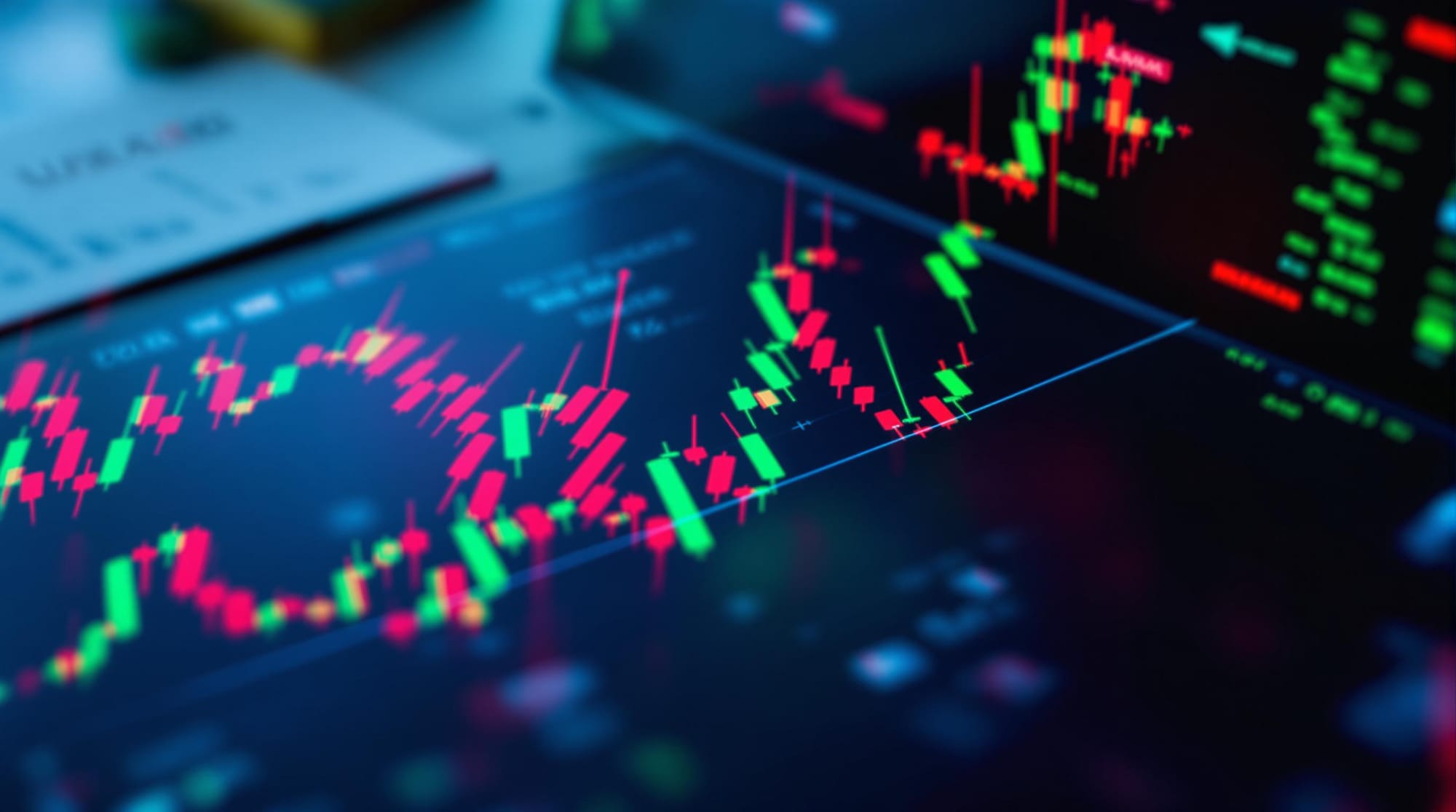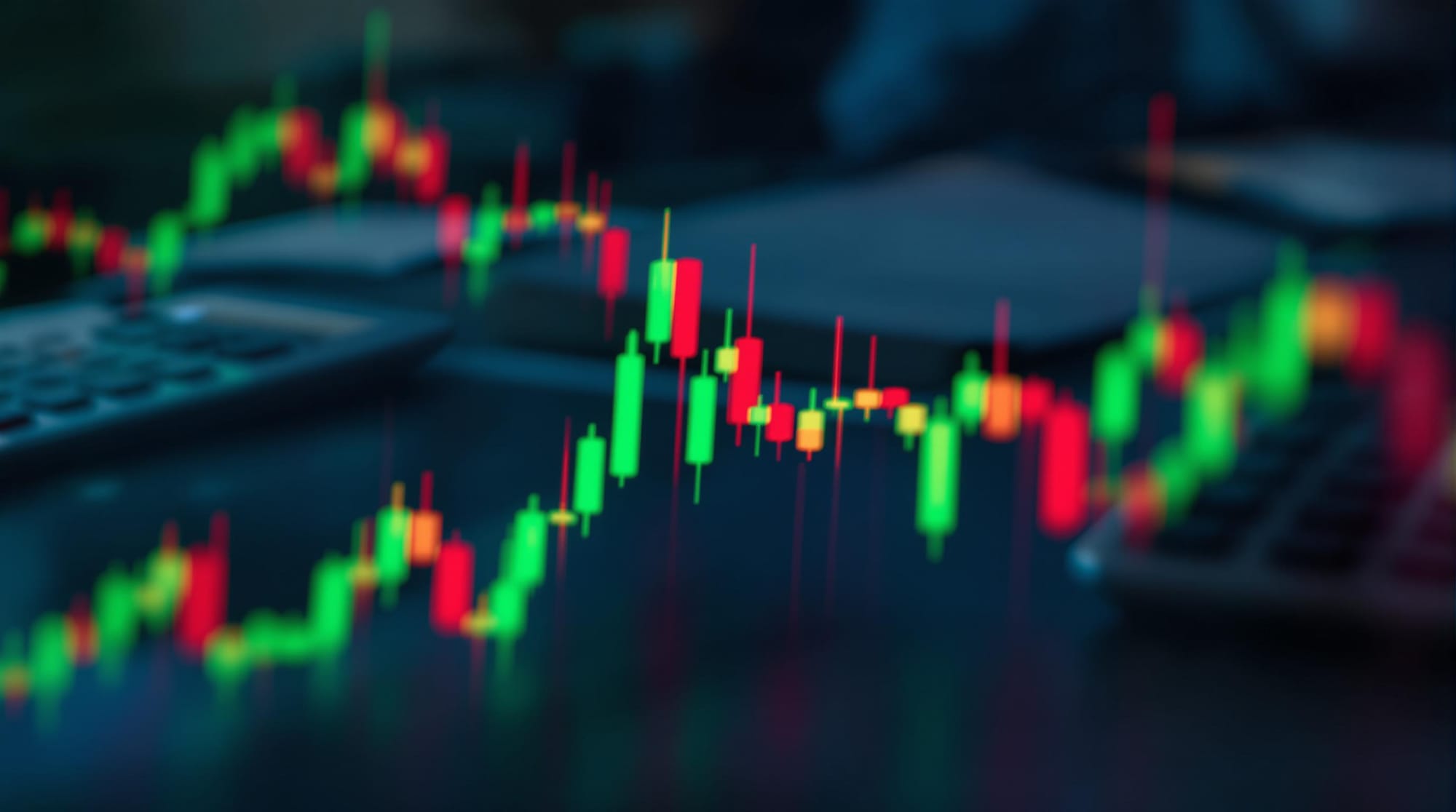Explore the dynamics of SPACs, their benefits and risks, and how they compare to traditional IPOs in today's evolving market landscape.
Special Purpose Acquisition Companies (SPACs) offer a faster way for private companies to go public compared to traditional IPOs. Here's what you need to know:
- What is a SPAC? A shell company created to raise funds through an IPO, with the sole purpose of merging with a private company.
- Why SPACs? They provide a quicker process (3–6 months vs. 12–18 months for IPOs), price certainty, and lower marketing costs.
- Key Players:
- Sponsors: Founders who manage the SPAC and typically take a 20% stake.
- Investors: Public shareholders who vote on mergers.
- Target Companies: Private firms seeking public market access.
- Market Trends: SPAC activity peaked in 2021 but has since declined due to tighter regulations and market shifts.
SPAC vs IPO: Quick Comparison
| Feature | SPAC | Traditional IPO |
|---|---|---|
| Timeline | 3–6 months | 12–18 months |
| Price Discovery | Negotiated upfront | Market-driven |
| Costs | Lower fees | Higher underwriter fees |
| Due Diligence | Less thorough | More detailed |
SPACs have benefits like speed and flexibility but come with risks, including potential dilution and less scrutiny. In 2025, success in SPAC investing requires thorough research, attention to SEC filings, and a focus on industries like AI, healthcare, and clean energy.
SPAC vs IPO: What's The Difference?
SPAC Steps: From Start to Merger
Setting Up and IPO
The SPAC journey begins with a small founder investment and an IPO. Sponsors contribute a minimal amount to secure founder shares, which typically represent about 20% of the equity after the IPO. The remaining 80% is offered to public investors.
Take Pershing Square Tontine Holdings as an example. Sponsored by Bill Ackman of Pershing Square Capital Management, it raised $4 billion in July 2020, making it the largest SPAC IPO ever.
Here’s a breakdown of the key IPO elements:
| Component | Description |
|---|---|
| Unit Price | $10 per unit |
| Unit Contents | A share of common stock and a fraction of a warrant |
| Fund Management | Proceeds are kept in a trust account |
| Timeline | 18–24 months to find and complete a merger |
Once the IPO is complete, the focus shifts to finding the right company to merge with.
Finding and Selecting Targets
The SPAC landscape has changed dramatically. By April 2021, over 297 SPACs were actively searching for companies to merge with.
"Before the rise in SPACs, targets may have spoken to only one SPAC about merging, but now it is common to speak with multiple SPACs before deciding on a deal."
Here’s how the market has grown over time:
| Year | Average SPAC IPO Size |
|---|---|
| 2009 | $36 million |
| 2021 | $324 million |
Once a target is identified, the process moves quickly toward finalizing the merger.
Merger Completion
The final stage, called the de-SPAC phase, usually takes 6–8 weeks. Here are the key steps involved:
- Shareholder Vote: Public shareholders can either redeem their shares at the trust value or participate in the merger.
- Regulatory Compliance: The SPAC must file required SEC forms, including the Form 8-K (Super 8-K), within four business days of closing.
- Public Company Transition: The newly combined entity must establish strong systems for financial reporting, internal controls, and governance.
From the merger announcement to completion, the process typically takes 3–6 months—much faster than the 12–18 months required for a traditional IPO. Once the merger is finalized, the new company trades under its own ticker, and sponsors face a lockup period of 6–12 months.
SPAC Benefits and Risks
SPAC Benefits
SPACs have seen explosive growth, skyrocketing from $13.6 billion in 2019 to nearly $246 billion in 2021. This surge highlights their appeal in the market.
Here’s why SPACs are attractive to target companies:
- Faster Process: SPAC mergers can wrap up in just 3–6 months, compared to the 12–18 months it takes for a traditional IPO.
- Price Certainty: Prices are negotiated upfront, eliminating some of the guesswork.
- Extra Funding Options: Companies can raise additional capital through methods like debt or PIPE (private investment in public equity) deals.
- Lower Marketing Costs: The streamlined process cuts down on promotional expenses compared to traditional IPOs.
- Access to Expertise: Sponsors bring strategic advice and valuable networks to the table.
While SPACs offer these benefits, they also come with some serious risks.
SPAC Risks
Despite their advantages, SPACs aren't without challenges. As the SEC cautions:
"It is never a good idea to invest in a SPAC just because someone famous sponsors or invests in it or says it is a good investment." – SEC
Here are some of the key risks:
- Uncertain Deals: Even after a target is announced, the merger might not go through. For example, in 2020, while 250 SPACs went public, many struggled to finalize successful mergers.
- Dilution Concerns: Sponsor stakes (often 20%) and other features like earnouts can significantly reduce shareholder value.
- Less Scrutiny: SPACs typically undergo less rigorous due diligence than traditional IPOs, which can increase risks for investors.
- Legal Risks: Class-action lawsuits involving SPACs rose by 14% in the first half of 2021, signaling heightened legal exposure.
SPAC vs IPO Comparison
To understand SPACs better, here’s a quick comparison with traditional IPOs:
| Feature | SPAC | Traditional IPO |
|---|---|---|
| Timeline | 3–6 months | 12–18 months |
| Price Discovery | Negotiated upfront | Market-driven |
| Due Diligence | Less thorough | More detailed |
| Costs | Lower fees | Higher underwriter fees |
| Investor Control | Limited | Greater control |
| Transparency | Limited disclosures | Comprehensive prospectus |
As Gary Gensler, then-SEC Chair, pointed out:
"Just because a company uses an alternative method to go public does not mean that its investors are any less deserving of time-tested investor protections."
The SPAC market has evolved significantly. Average IPO proceeds have dropped from a record $336.2 million in 2020–2021 to $124.1 million more recently. This reflects both a maturing market and tighter regulatory oversight.






